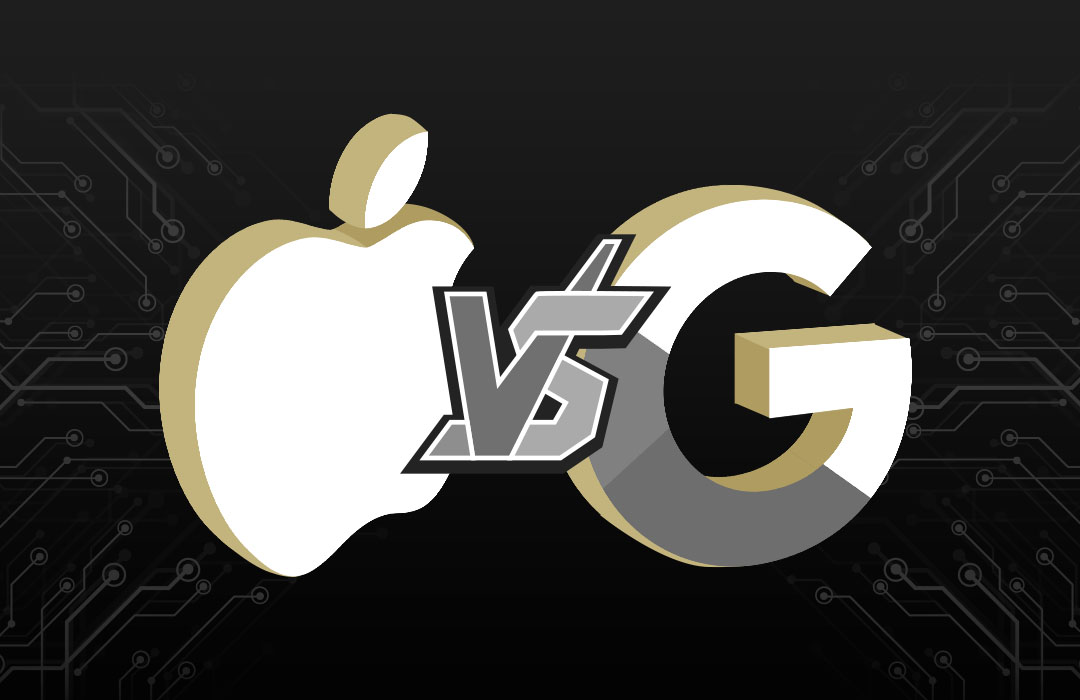The technology landscape is shaped by the fierce competition between industry giants, Apple and Google. While Apple has established its renowned walled-garden ecosystem, Google takes a contrasting approach with its open platform ecosystem. This article aims to compare and contrast the ecosystems of Apple and Google, focusing on their products, services, and user experiences.

Apple’s Walled-Garden Ecosystem
Apple’s walled-garden ecosystem, as discussed in this previous article, is characterized by its tightly controlled integration of hardware, software, and services. Apple designs and manufactures its own devices, ensuring a seamless user experience through optimized software and hardware integration. The company’s services, such as iCloud, Apple Music, and the App Store, are carefully curated and tightly integrated into the ecosystem.
Google’s Open Platform Ecosystem
In contrast to Apple’s approach, Google adopts an open platform ecosystem, discussed in this previous article, that embraces collaboration and interoperability. Google’s ecosystem is centered around its popular mobile operating system, Android, which powers a vast array of devices manufactured by various companies. This openness extends to developers, who have more flexibility in creating and distributing applications through the Google Play Store.
Products and Hardware Diversity
One of the key distinctions between the two ecosystems lies in the diversity of products and hardware. Apple’s walled-garden ecosystem is limited to its own devices, including iPhones, Macs, iPads, and Apple Watches. In contrast, Google’s open platform ecosystem spans a wide range of devices from various manufacturers, offering users a greater choice in terms of features, designs, and price points.
Software and Customization
Apple’s control over hardware and software integration results in a more consistent user experience across its devices. The closed nature of the ecosystem allows Apple to optimize its software to work seamlessly with its devices. However, this level of control limits customization options for users who prefer to personalize their devices extensively.
On the other hand, Google’s open platform ecosystem provides users with a high degree of customization and flexibility. Android users can customize their devices with widgets, launchers, and third-party apps, tailoring their user experience to their preferences. Additionally, Google’s services, such as Gmail, Google Drive, and Google Assistant, are deeply integrated into the ecosystem, offering a wide range of productivity and convenience features.
App Stores and Developer Accessibility
Apple’s App Store is known for its strict guidelines and rigorous review process, ensuring a curated selection of applications for users. While this approach enhances security and reliability, it has faced criticism for limiting innovation and imposing stringent restrictions on developers. Apple’s control over its ecosystem grants users a more secure environment but may restrict access to certain apps or services.
In contrast, Google’s Play Store follows a more open approach, allowing developers to distribute their apps with relatively fewer restrictions. This openness promotes a more vibrant app ecosystem with a greater diversity of applications. However, it also presents challenges in maintaining security, as occasional instances of malware or malicious apps slipping through the cracks have been reported.
Data Privacy and User Trust
Privacy and data handling are critical considerations for both ecosystems. Apple emphasizes privacy as a fundamental right, positioning itself as a guardian of user data. With features like App Tracking Transparency and on-device data processing, Apple strives to provide a more privacy-focused experience.
Google, on the other hand, relies on data to deliver personalized experiences and targeted advertisements. Although the company has made efforts to enhance user privacy, it has faced scrutiny regarding its data collection practices. Google’s business model heavily relies on leveraging user data for advertising purposes, which can raise concerns among privacy-conscious individuals.
Conclusion
Apple’s walled-garden ecosystem and Google’s open platform ecosystem present divergent approaches to product, service, and user experience integration. Apple’s tight control fosters a more streamlined and consistent experience but limits customization and device options. Google’s openness allows for greater hardware diversity, customization, and a vibrant app ecosystem but may present security and privacy challenges.
Ultimately, the choice between the two ecosystems depends on individual preferences, priorities, and values. Apple’s ecosystem appeals to users seeking a seamless and controlled experience, prioritizing security and simplicity. Meanwhile, Google’s ecosystem attracts those who value customization, device choice, and the benefits of an open platform. As the technology landscape continues to evolve, both ecosystems will continue to shape the future of the industry, each catering to a unique set of user needs.
Get Started

















